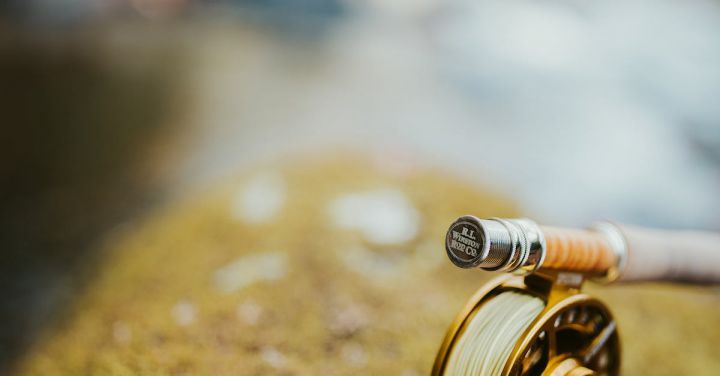How to Cast a Fly Rod Effectively?

Fly fishing is a popular and challenging form of angling that requires precise casting techniques. The key to successful fly fishing lies in the ability to cast a fly rod effectively. With proper technique and practice, you can become a skilled fly caster and improve your chances of catching fish. In this article, we will discuss the essential steps to casting a fly rod effectively.
Understanding the Basics
Before we dive into the details of casting, it is crucial to understand the basic components of a fly rod. A fly rod consists of a flexible shaft, a reel seat, and a handle. The reel is attached to the reel seat, which holds the fishing line. The fly line is connected to the leader, which is a clear line that attaches to the fly.
Grip and Stance
To begin, hold the fly rod with a relaxed grip. Your thumb should be on top of the handle, and your index finger should be in front of the handle. This grip allows for better control and accuracy while casting. Stand with your feet shoulder-width apart and face your target. Your body should be relaxed and balanced, allowing for smooth movement.
The Backcast
To initiate the cast, start with the rod tip close to the water’s surface. With a smooth motion, bring the rod tip backward, allowing the fly line to extend behind you. This motion is known as the backcast. It is essential to maintain a straight line path with the rod tip during the backcast. This will ensure proper line control and prevent tangles.
The Forward Cast
After the backcast, smoothly accelerate the rod tip forward, sending the fly line towards your target. This motion is known as the forward cast. The key to a successful forward cast is to stop the rod abruptly when the line is fully extended. This abrupt stop allows the energy to transfer from the rod to the line, resulting in a tight loop and accurate cast.
Line Control
Proper line control is crucial for effective fly casting. As you cast, keep an eye on the fly line and make any necessary adjustments. If you notice the line falling short of your target, increase the power and speed of your cast. Conversely, if the line is overshooting the target, decrease the power and speed. Practice adjusting your cast to achieve optimal line control.
The Roll Cast
In certain situations, such as when there is limited space behind you, the roll cast can be a useful technique. To perform a roll cast, start with the rod tip close to the water’s surface. Sweep the rod backward in a circular motion, loading the rod with energy. Then, with a forward motion, unfurl the line and deliver the fly to your target. The roll cast is a valuable skill to master, as it allows for accurate casting in tight spaces.
Practice Makes Perfect
Casting a fly rod effectively is a skill that takes time and practice to master. To improve your casting abilities, dedicate regular practice sessions to honing your technique. Focus on the fundamentals, such as grip, stance, and line control. Experiment with different casting styles and techniques to find what works best for you. With patience and persistence, you will become a proficient fly caster.
In conclusion, casting a fly rod effectively is essential for successful fly fishing. By understanding the basics, mastering the grip and stance, and practicing proper casting techniques, you can improve your fly casting skills. Remember to focus on line control and adjust your cast accordingly. With dedication and practice, you will become a skilled fly caster and increase your chances of catching fish. Happy fishing!
